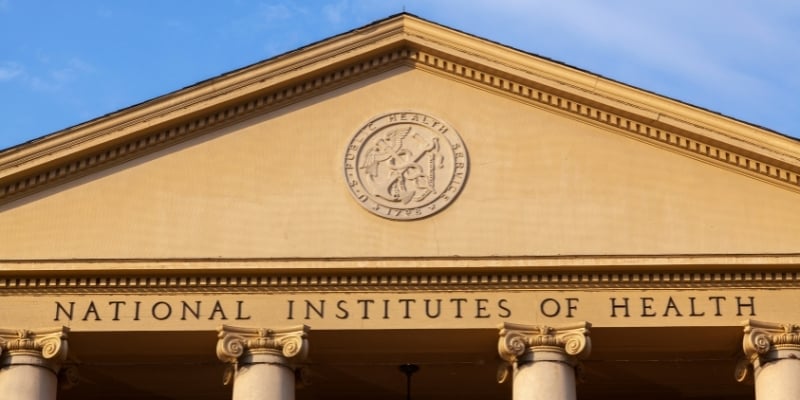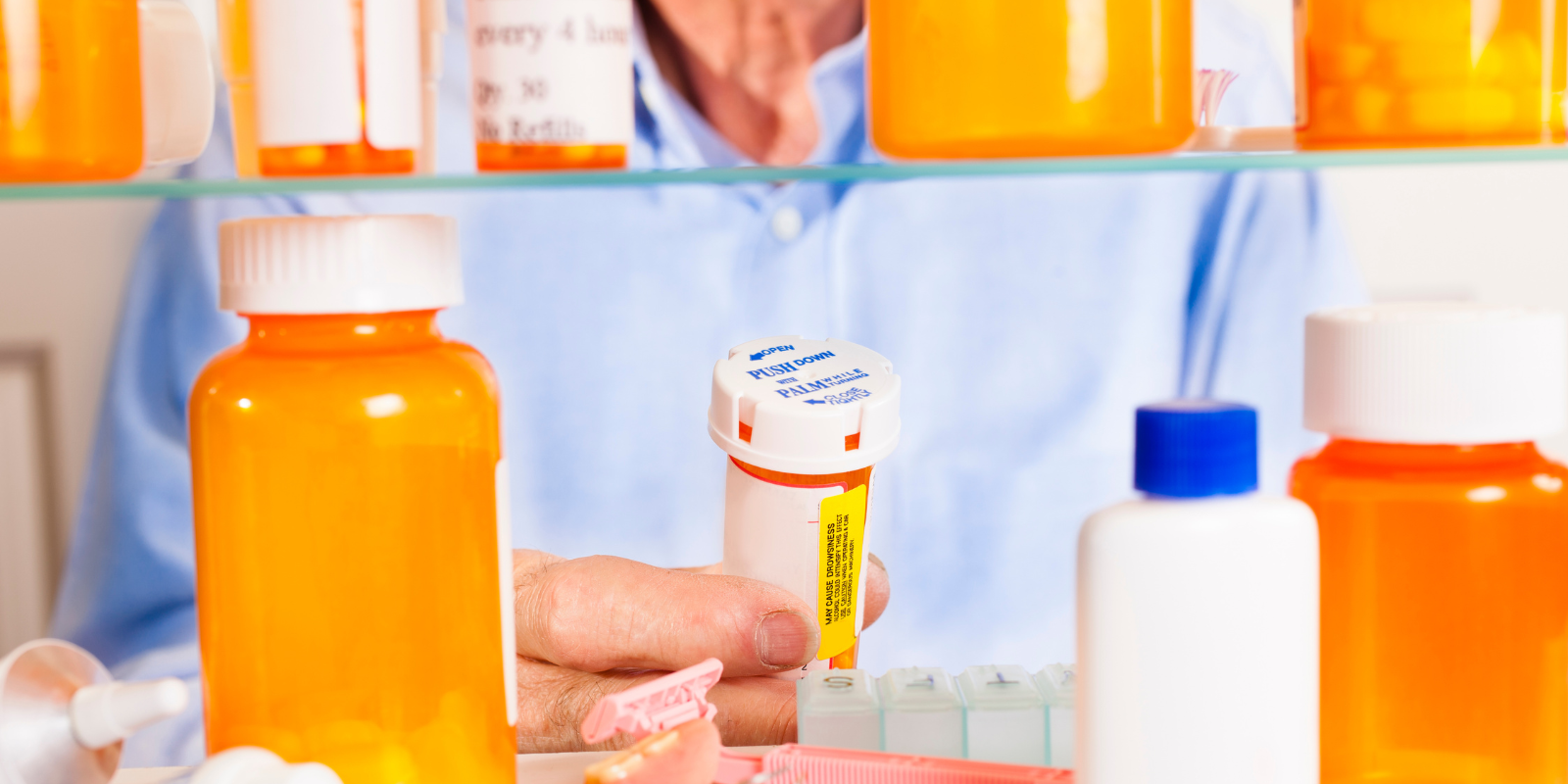How is a randomized, controlled clinical trial designed, executed and analyzed? It’s probably not a stretch to assume that the question would stump most people stopped on the street.
That’s not the case for a group of ninth graders at Aurora Science & Tech High School, thanks to their school leaders and a dozen faculty and students from the Colorado School of Public Health on the CU Anschutz Medical Campus. They teamed up March 8 to launch the inaugural “Epidemiology Day.”
During the session, the young students learned from ColoradoSPH epidemiology faculty the key concepts for using clinical trials, designing them in ways that will yield the most useful results, and analyzing the trial data critically. For example, the groups explored the difference between expert opinion offered about a question and hard evidence gathered from a rigorously designed trial. They also considered factors that may lead to bias as well as whether or not the results of a trial from a single group can be generalized to a broader population.
Learning from Kit Kats
Heady stuff, but faculty and students brought the concepts home with a hands-on exercise centered on a familiar chocolatey object: Kit Kat chocolate wafter bars. The students followed a previously designed protocol used in Baltimore high schools and grade schools. ColoradoSPH assistant professor Dr. Riaz Qureshi updated the protocol for the Aurora students, who compared Kit Kats made in the United States to those made in the United Kingdom on the basis of freshness, chocolatiness, and deliciousness.
As for any trial, students consented to participate. Those who were excluded because of food allergies or medical conditions participated either as volunteers or in an alternative trial that tested U.S.-made vs. Mexican-made Coca Cola.
The chocolate squares were masked to conceal where they were made and students were randomly assigned to start with either the U.K. Kit Kat or the U.S. version. After tasting one, they “washed out” with a sip of water before tasting the second to minimize another potential source of bias. The sessions concluded with an analysis of the data collected.
The approach gave the students a close-up look not only at how clinical trials are constructed but why researchers use them, Qureshi said.
“It’s a good opportunity to teach them about the study design and assessing biases in studies,” he said. The exercise does so, he added, by explaining “the importance of randomization, masking, and treatment allocation so that people aren’t biased by their own preconceived notions.”
Broader lessons learned
Taken a step further, the session challenged students to consider how these questions might apply to their own health care, Qureshi said. For example, understanding how a clinical trial was designed and run could help them to analyze whether a medical intervention, drug or surgical procedure would likely work – or not – for people with various conditions and other characteristics.
Qureshi praised the students for not only participating in the mock trial but also digging deeper with follow-up discussion questions. Epidemiology Day was also a rousing success for teachers and students at Aurora Science & Tech, said Katie Boye, the school’s director of STEM and Partnerships.
“Providing our students with the opportunity to learn from [Anschutz Medical Campus] professionals is so valuable and is honestly a game changer!” Boye wrote in an email. “Your involvement in this day has helped in the process of creating a meaningful and solid partnership between our organizations – one that will benefit the Aurora community for many years to come.”
Dan Shaughnessy, a first-year PhD student in Epidemiology, worked on Qureshi’s team as a volunteer. He said Epidemiology Day was important for showing students “potential opportunities” in public health and healthcare beyond working as a clinician or as a basic researcher.
“I started in microbiology and cell biology,” Shaughnessy said. “It wasn’t until I was halfway through college that I understood what clinical trials are and what you could do with them.” His graduate work now focuses on systematic reviews of evidence and clinical trial design and analysis.
A solid foundation in biology is very important for students interested in a career in science, Shaughnessy said. But he stressed that Epidemiology Day “helped students understand that clinical trial design is a serious topic.”
An important teaching tool
Qureshi said he hopes that events like Epidemiology Day offer a blueprint for high school teachers to guide students to a greater understanding of “actual epidemiology and public health concepts.” Whether or not students go on to college and professional careers in science, learning about study design sharpens critical-thinking skills that are essential in everyday life, he added.
For example, Epidemiology Day introduced to students the question of whether study results can be generalized from the group studied to a broader population. They had to consider what might happen if people don’t follow the study instructions or if the patient cohort changed from ninth graders in Aurora, Colorado, to a younger group or adults or people from different parts of the world. They also saw the value of maintaining a healthy skepticism toward information they may read or hear from so-called experts.
“The day hopefully sparked more interest in looking critically at things and taking that beyond the science classroom into their lives – whether or not they pursue a science degree,” Qureshi said. “It’s a call to evaluate the totality of the evidence you receive.”






